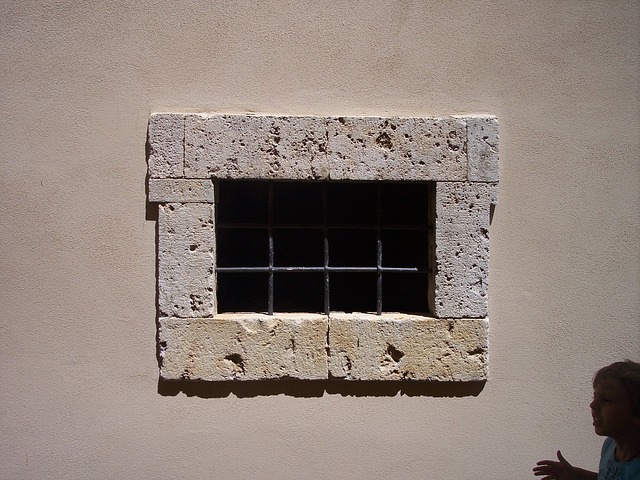Kratom (Mitragyna speciosa), a Southeast Asian native, has gained recognition for its anti-inflammatory properties and growing popularity in Utah. Its unique chemical makeup interacts with opioid receptors to reduce pain and inflammation, offering an alternative treatment for inflammatory disorders. Cultivating high-quality kratom in Utah exemplifies the plant's resilience, with demand driving interest in home growth practices. Understanding kratom strains, alkaloid profiles, and proper harvesting ensures effective inflammation management through this sustainable and cost-effective method of grow kratom Utah.
Discover the power of kratom supplements in reducing inflammation. This natural herb has gained attention for its potential anti-inflammatory benefits, offering a promising alternative for managing chronic conditions. Learn how kratom interacts with the body’s chemistry to suppress inflammation. Explore practical tips on growing and using kratom effectively in Utah, ensuring optimal results for your health needs.
- What is Kratom and How Does it Reduce Inflammation?
- The Science Behind Kratom's Anti-Inflammatory Properties
- Growing and Using Kratom Supplements for Optimal Inflammation Reduction in Utah
What is Kratom and How Does it Reduce Inflammation?

Kratom, scientifically known as Mitragyna speciosa, is a plant native to Southeast Asia that has gained significant attention for its potential therapeutic benefits, especially in reducing inflammation. This herb has been used traditionally for centuries by local communities for various medicinal purposes. The growing popularity of kratom in modern times, including its cultivation in places like Utah, where dedicated growers nurture high-quality plants, is a testament to its resilience and adaptability.
Kratom’s ability to reduce inflammation stems from its unique chemical composition, which includes alkaloids and other bioactive compounds. These compounds interact with the body’s opioid receptors, modulating pain sensation and influencing inflammatory pathways. By binding to these receptors, kratom can help alleviate chronic inflammation, a process that often underlies various health conditions. Research suggests that it may offer relief for individuals suffering from inflammatory disorders, providing an alternative approach to managing pain and inflammation compared to traditional medications.
The Science Behind Kratom's Anti-Inflammatory Properties

Kratom, scientifically known as Mitragyna speciosa, has gained attention for its potential anti-inflammatory benefits, making it a fascinating subject of study in the scientific community, especially for those interested in growing kratom Utah. The plant’s active compounds, primarily alkaloids like mitragynine and 7-hydroxymitragynine, are believed to interact with various biological pathways involved in inflammation. Research suggests that these compounds can inhibit pro-inflammatory enzymes and suppress the production of inflammatory cytokines, which play a crucial role in the body’s immune response.
The anti-inflammatory effects of kratom have been attributed to its ability to modulate the endocannabinoid system, a complex signaling network that regulates numerous physiological processes, including pain perception and inflammation. By interacting with cannabinoid receptors, kratom may help reduce chronic inflammation associated with conditions like arthritis or other autoimmune disorders. This natural approach to inflammation reduction has sparked interest in both medical circles and among individuals seeking alternative remedies, contributing to the growing demand for kratom cultivation and research, especially in areas where growing kratom Utah is permitted.
Growing and Using Kratom Supplements for Optimal Inflammation Reduction in Utah

In Utah, where kratom supplements have gained popularity for their potential health benefits, growing your own kratom plants can offer a sustainable and cost-effective way to optimize inflammation reduction. The kratom plant (Mitragyna speciosa) thrives in tropical climates, but with careful control of environment and care, it can be successfully cultivated in Utah’s unique conditions. A well-lit, warm space with rich, moist soil provides the ideal setting for growing high-quality kratom leaves. Ensuring adequate humidity and regular feeding fosters robust, healthy plants that produce potent compounds beneficial for inflammation management.
For optimal inflammation reduction, it’s crucial to understand different kratom strains and their unique alkaloid profiles. Strains like Maeng Da and Bali are renowned for their pain-relieving properties, containing high levels of mitragynine and 7-hydroxymitragynine. Proper harvesting techniques are also key; picking leaves at the peak of maturity maximizes the concentration of these beneficial compounds. Utah residents can source seeds or young plants from reputable suppliers, join local kratom growing communities for advice, and learn best practices to cultivate their own medicinal kratom supplements at home.
Kratom supplements have shown promise in reducing inflammation, with scientific research backing its anti-inflammatory properties. By understanding how kratom interacts with the body’s natural processes, individuals in Utah can effectively cultivate and use this herb for optimal inflammation reduction. Growing kratom in Utah allows for access to high-quality, locally sourced supplements, enhancing both efficacy and sustainability. Remember that, when used responsibly, kratom can be a valuable tool in managing inflammation, but always consult with healthcare professionals before incorporating any new supplement into your routine.














